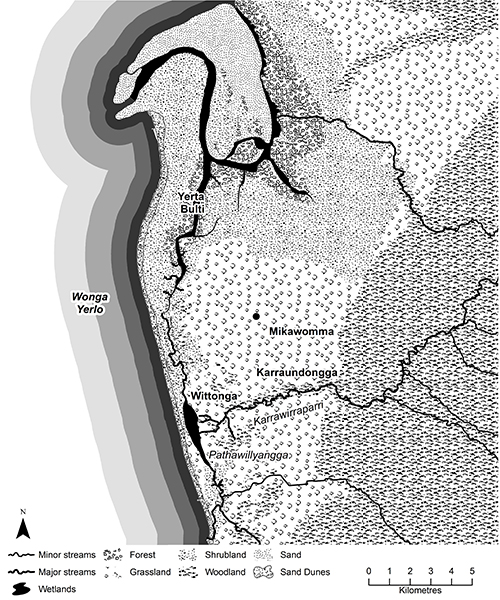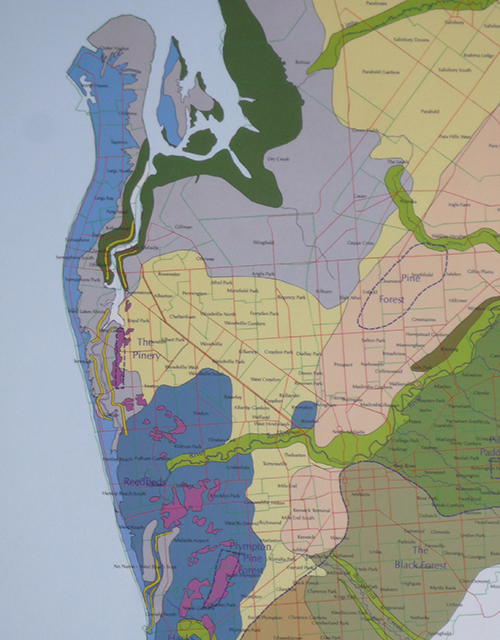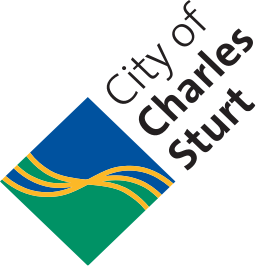There are known Kaurna places that cover the Council area. Some of these places also extend into and are shared with neighbouring councils. Because of this, the story told in these pages is not confined to Council boundaries.
The places show a range of seasonal Kaurna landscape uses and cultural practices. The Kaurna naming indicates the intertwined relationship between place, ecology and culture. There is a distinctive cultural relationship between Kaurna meyunna and the varying ecological systems they inhabited and utilised.
The Kaurna places are:
- Wonggayerlo Western sea (Gulf St Vincent)
- Witongga Reed place (Reed Beds)
- Karrawirraparri Red gum forest river, also called Tarndaparri Red kangaroo river (River Torrens)
- Yerta Bulti (Port River and Estuary region)
- Pathawilyangga Swamp gum foliage place (Patawalonga/Glenelg)
- Mikawomma Open plains (between Adelaide and Port Adelaide)
- Karraundongga (Hindmarsh locale)
There were probably names for many other local sites, but they have been lost. The location of the City of Charles Sturt Civic Centre is marked with the dot.

A comprehensive outline of the pre-settlement vegetation of the places is given in Forests and Woodlands of the Adelaide Plains in 1836 (DENR).

Plant Associations of the Adelaide Plains in 1836 (DEWNR)
Legend
Dark Green: Mangrove low woodland |
Lime green: River red gum Dark blue: Reedbeds/Sedgelands Light yellow: Grasslands Purple: Callitris, Sheoak and Banksia woodland |
This map is based on the original version by botanist Darren Kraehenbuehl in his book Pre-European Vegetation of Adelaide: A Survey from the Gawler River to Hallett Cove published by the Nature Conservation Society of South Australia (1996). We acknowledge the work of Darren. Some of his photos are included in these web pages to illustrate Kaurna places.
